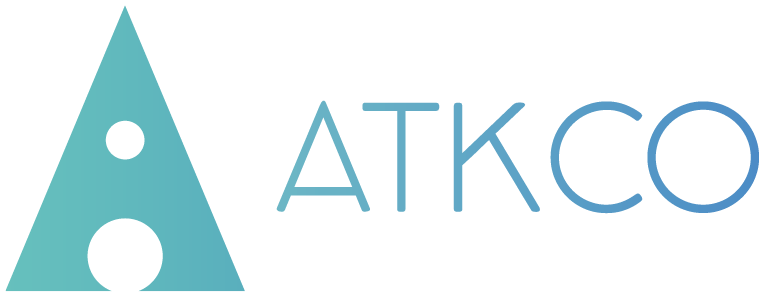Trends in Cloud: Evolving Needs and How to Keep Up
Natasha Matusova is currently a senior customer engineer for Google Cloud. She has launched and led groundbreaking teams and has created innovative solutions that have impacted over $200 million in revenue. She has been with Google for 8+ years.
Jenny: Natasha, I know you have been with Google for 8+ years now, and you’ve worked in multiple areas of marketing and account management. Now you’re a senior customer engineer in Cloud — a big step up from the rest. (Congratulations on the recent promotion, by the way.) Here at AtkCo, we focus on helping businesses stay ahead of digital disruption, and in terms of Cloud services, you are at the forefront. Could you tell us more about the types of trends you are seeing in Cloud?
Natasha: I focus on data and analytics, so some of my perspectives come from that. Everyone is waking up to the reality that they have to make data a strategic priority, but most still don’t know how to get there. I see a lot of people buying technology without doing the hard work of addressing the cultural, governance, and talent barriers that will prevent them from full realizing its value. AI and ML are certainly at the forefront of people’s minds, but most companies lack the resources to make it happen. Cloud providers like Google are removing barriers to entry. Less focus on infrastructure and specialized skills, more focus on defining the business problem, and fine-tuning the data.
J: Obviously, the needs of the clientele are also essential in impacting these trends. From your experience in working with businesses all over the internet, what matters most to your clients? What do you see as their main concerns for today and for, let’s say, 2025?
N: Funny enough, I work mostly with traditional enterprises (think McDonald’s) since I’m based in Chicago so not really working all over the internet.
What matters most to them is: Consumer expectations are changing dramatically and in ways that are sometimes really difficult for companies to parse. They have to at once provide highly personalized interactions …at scale … while facing increasing restrictions on their use of data. But to survive, they have to put the consumer and their experience at the center of everything they do. This requires data (as I mentioned before) and the ability to hire data-driven employees (not necessarily analysts, but folks that make informed decisions that benefit the end consumer). I think this will remain a concern well into the next decade.There’s a lot that goes with it: 1) integrating and updating archaic systems that fragment the customer experience 2) quickly evolving their products to adapt to changing needs 3) using data profitably but responsibly.
J: InnovateHer is a summit dedicated to highlighting women executives that lead digital transformations in their workplace. What is the best piece of career advice you’ve been given that you think would benefit other women to hear?
N: Best is hard, but I’ll give you three good ones.
There is no virtue in anonymity. I sometimes hear people virtue-signaling that someone got promoted despite not advocating for themselves and their work. That’s great for them, but this is not inherently more virtuous than being someone who does good work and also works to ensure that it is recognized.
Go where the mess is. This one isn’t for everyone, but it really impacted me. It helped me realize that some of the best opportunities are ones where there is a lot of runway for improvement. If you’re a problem solver and likes starting from nothing and building, go where the mess is but make sure you have the support system to be successful.
Your manager is [almost] everything. The role, the money (to a degree), even the company are all nothing if you can’t look to your manager for psychological safety, mentorship, and advocacy.

